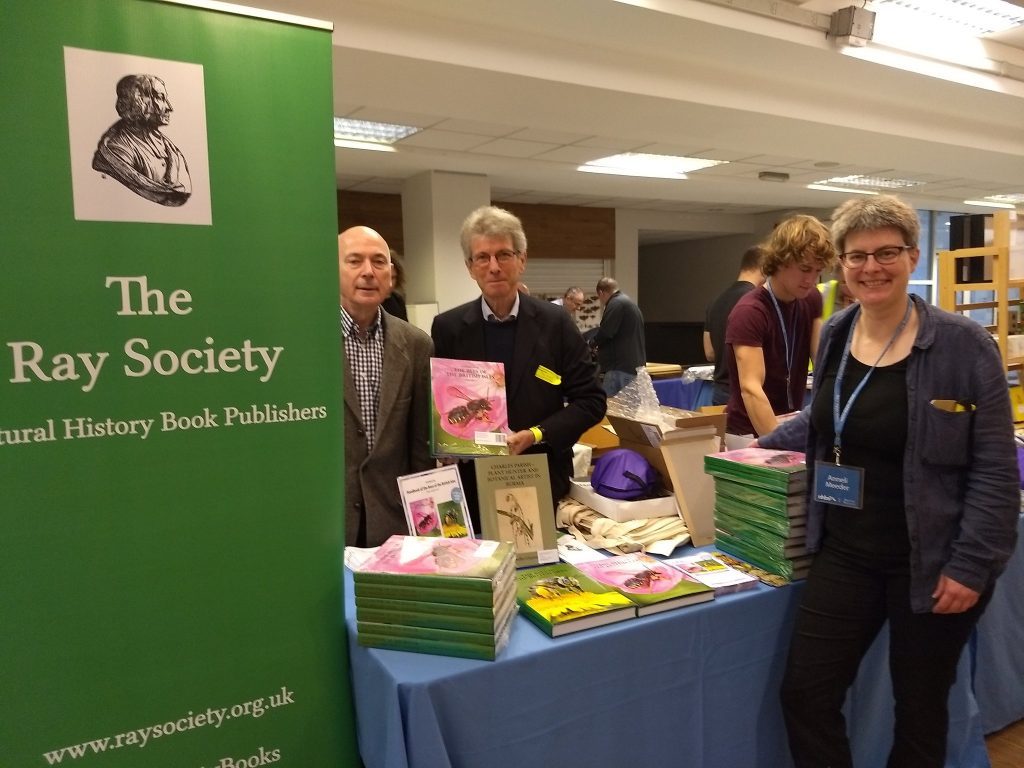In October 2018, the Handbook of the Bees of the British Isles – ‘Bees’ -was published by the Ray Society. This book is a thorough, authoritative account of the current state of knowledge of bee fauna. It is the culmination of more than forty years of study by George Else, a now-retired entomologist at the Natural History Museum London (NHM) and Mike Edwards, a professional ecologist, along with many other naturalists and professionals over the years.
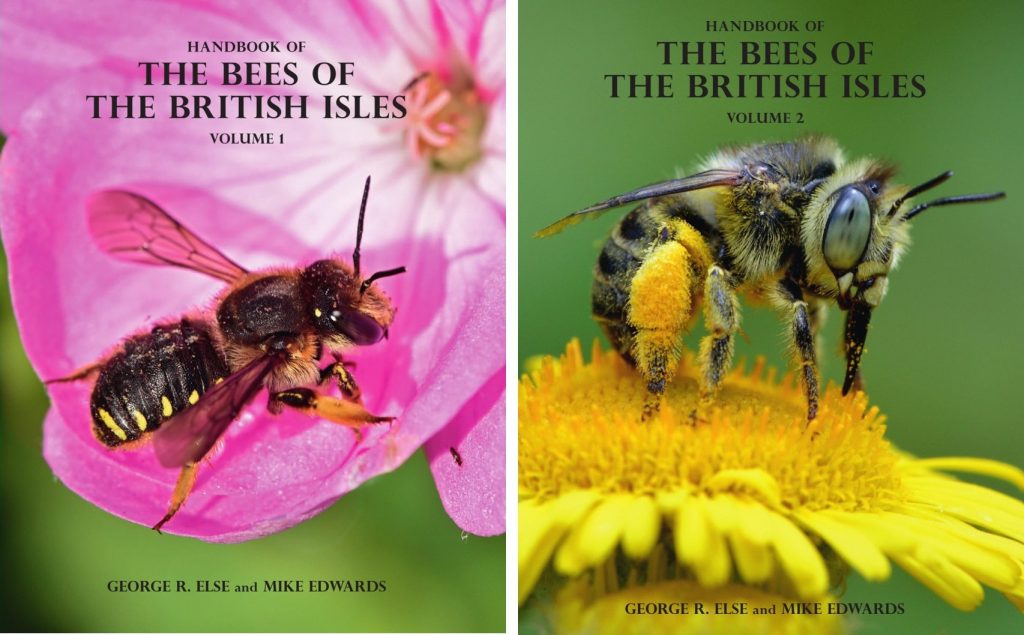
Here, along with quotes from the authors – Nick Evans, Mike Edwards and George Else, we recount the challenging production of ‘Bees’ from when it began in the 1970s to its publication in 2018.
“Many years of study, preparation and collaboration lie behind the production of major and definitive works. This history of ‘Bees’ gives an insight into the production of a major monograph as well as a case study of the problems and setbacks for other similar projects.”
———————————————————–
The idea for a handbook of the bees of the British Isles was first conceived in the 1970s when at the time, there were few works dealing with British bee species. Initially, the brief was to produce a Royal Entomological Society (RES) Handbook using revised and updated keys.
“The initial brief (as suggested by Paul Freeman, the then Keeper of Entomology [at NHM]) was to take earlier keys, add further information to these and publish as a Royal Entomological Society of London (RES) handbook. However, as the work developed it became clear that it would not fit into the format of a typical RES Handbook.”
Originally, the publication of the Handbook of Bees of the British Isles was set for 1989. However, after problems identifying species and researching their biology, the deadline was missed. At this point, the NHMand the RES stepped away from the project but thankfully, ‘Bees’ was picked up by The Ray Society in 1994.
“The Ray Society, a registered charity, was founded in 1844 by George Johnson to make available works which, although being valuable scientifically, would not otherwise be published as they would not be commercially viable. This meant that the Ray Society was able to take on this type of work and tolerate the problems involved. The project was accepted by the Ray Society and the sole author at that time, George Else, and other collaborators, in particular, Mike Edwards, whose involvement had started in 1974, continued to work on The Handbook of the Bees of the British Isles.”
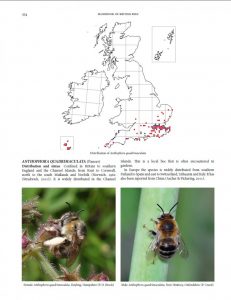
As research for ‘Bees’ was initially conducted before the internet, progress was slow. Literature had to be sourced and studied in person and the examination of museum collections required travelling across the country. The creation of the Bees, Wasps and Ants Recording Scheme in 1977 and the reciprocal society (BWARS) in 1995 coordinated the focus of professional and amateur bee workers, thus assisting in the research for ‘Bees’.
With research developing, the time to illustrate key features began.
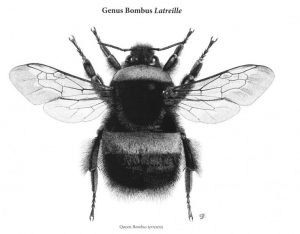
“The work involved the production of many figures featuring bee genitalia and other anatomical features. In the early stages of ‘Bees’, the only available method for producing these was as line drawings. These had to be produced to a high standard providing illustrations of the key characteristics for identification.”
Peter Skidmore, a former entomologist at Doncaster Museum was able to produce drawings for the handbook regularly to a high standard. After Skidmore’s passing in 2009, the production of illustrations stagnated until technological advances were made in the 1980s.
“Focus-stacked images (automontage) were taken, using Helicon Remote and Helicon Focus software with a Canon D5 v3 camera on a Leica M7.5 binocular microscope. However, learning how to achieve a good image took time and practice; three years working mostly on Sundays.”

Keys were developed and produced in parallel to the images and illustrations, informing their creation. It was intended for ‘Bees’ to be accessible to naturalists as well as specialists so the keys were later submitted to the public domain for development and feedback.
However, the production of ‘Bees’ wasn’t without its obstacles, two external events further slowed the progress.
“The first was a major and definitive revision of world bee genera undertaken by Charles D. Michener -The Bees of the World published by The John Hopkins University Press, Baltimore and London […] finally published in 2000.”
This revision had to be incorporated into ‘Bees’ to ensure accuracy. This delayed publication until Michener’s study had been published in the early 2000s.
“The second event was the planning and move of the Museum’s [NHM] Entomology Department staff and collections from the Entomology Building to a new building in South Kensington. The decanting of the entomological collections from the old building prior to its demolition was in summer 2005 and their move into the new building was completed in 2009.”
During this time, the collections were unavailable and Else, along with his colleagues at the NHM had to help with the move, delaying ‘Bees’ significantly.
In early 2000, work began on designing and constructing ‘Bees’, now a two-volume set. Ten years later, the Ray Society became actively involved in the production of ‘Bees’. Eventually, the Handbook of the Bees of the British Isles was ready for publication in 2018 and was launched at the Amateur Entomologists’ Society fair on 6th October of that year.
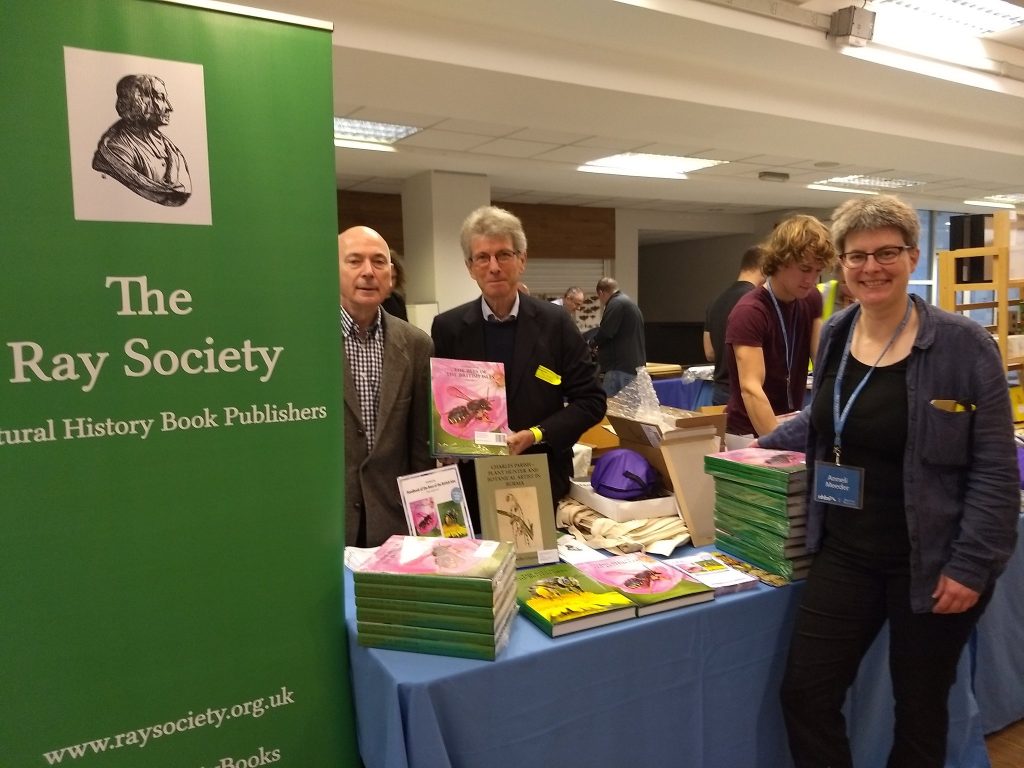
“The Handbook of the Bees of the British Isles represents the culmination of over 35 years of work and, as this account records, was a collaborative project involving a wide range and number of contributors, both specialist and non-specialist, professional and amateur.”
The Handbook of the Bees of the British Isles is the result of a wide range of sources and extensive contributions and collaborations from experts and naturalists alike; it is consequently a definitive work on the bee fauna of the British Isles and we are grateful for contributions from Nick Evans, Mike Edwards and George Else to assist us in celebrating the anniversary of this great work here on the NHBS Hoopoe.
We currently have special offers with up to 50% off on a selection of Ray Society titles.

